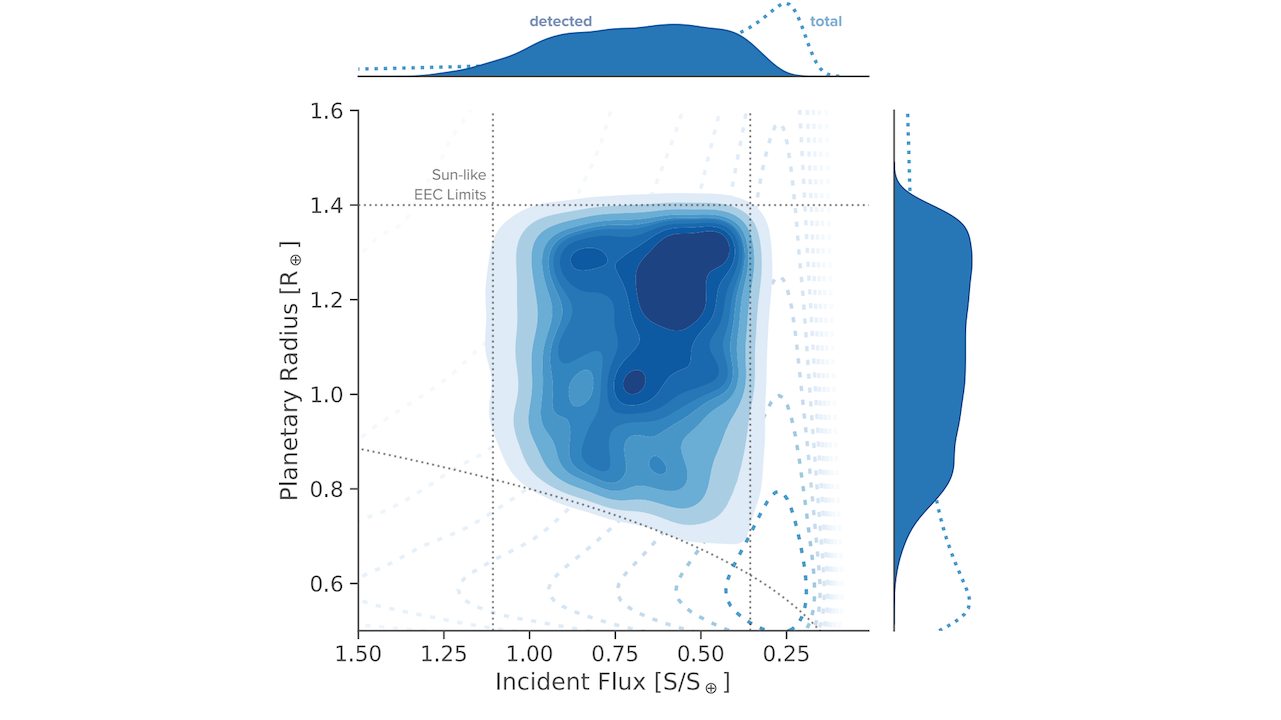Exploring Exoplanet Habitability
Detecting atmospheric CO2 trends plays a crucial role in assessing the habitability of terrestrial exoplanets. Researchers emphasize the significance of identifying key observables. This knowledge enhances our understanding of exoplanet biospheres and improves future mission capabilities.  A stable climate is essential for supporting life. Long-term stable water oceans and biotic activity are indicators of a planet’s potential for life. By monitoring CO2 levels, scientists can gather valuable data on atmospheric conditions that support life.
A stable climate is essential for supporting life. Long-term stable water oceans and biotic activity are indicators of a planet’s potential for life. By monitoring CO2 levels, scientists can gather valuable data on atmospheric conditions that support life.
Importance of CO2 Monitoring
Understanding these trends also aids in evaluating the potential for life on temperate terrestrial exoplanets. Moreover, it guides the design of future missions aimed at discovering and studying these distant worlds. The insights gained from CO2 monitoring can lead to revolutionary advancements in astrobiology and planetary science. As we continue to explore our universe, the knowledge we acquire will shape our understanding of life’s possibilities beyond Earth. Source